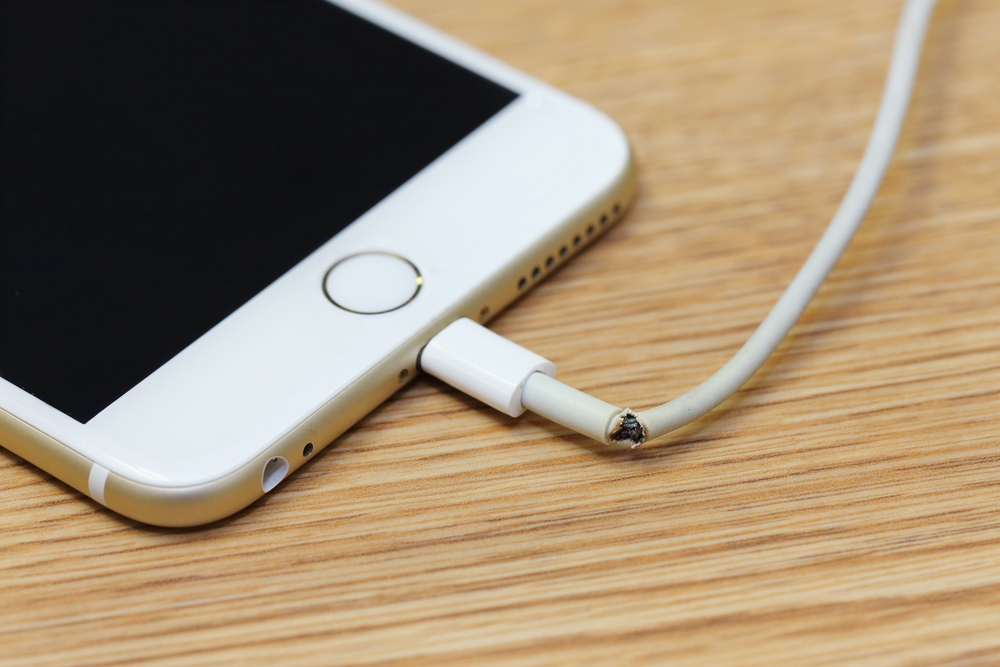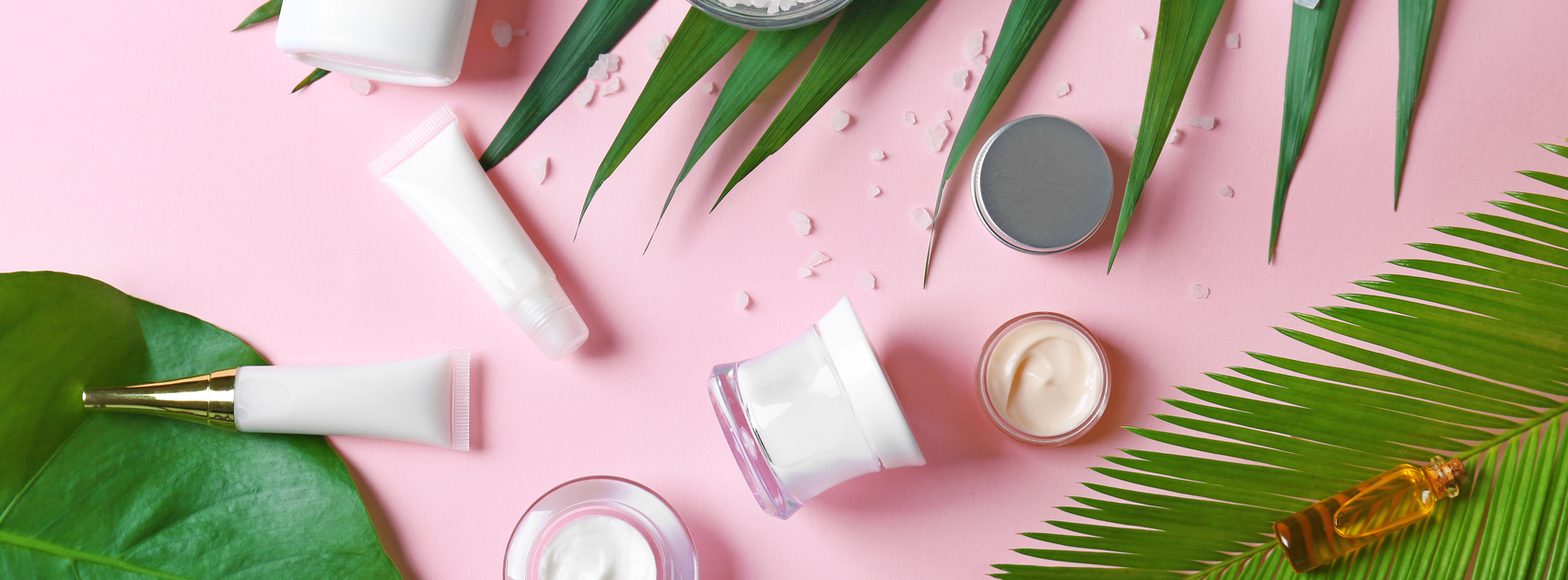
Reem
12 mins read
5 mins read

Blair Forrest
October 17, 2019
Tons of merchants have been incredibly successful in selling through Amazon FBA. Today, we see more and more entrepreneurs who make a living off of Amazon alone. I’ve been able to test and fine-tune my Amazon strategy through selling multiple products to see what worked. Some products were incredibly successful, and others were not so hot. I’m sharing what I learned about finding the PERFECT product from the past 6 years selling on Amazon.
Here are my top 15 tips to help you choose a successful product to sell on Amazon FBA:
Research, research, research: You may have a great product in mind to launch on FBA. However, launching a product without doing your research exposes you to risk. If you don’t know what product it is yet, then do a search on the Amazon Best Sellers list, choose a category that interests you, then look for best sellers in that category.
Once you have chosen a product category, look at its sub-category to see how it stacks up against other similar products. Check out where it ranks to validate your product choice. I can’t stress the importance of research enough.
Find opportunities without too much competition: Once you have a product in mind, take a look at the number of customer reviews for that product. If it has hundreds of reviews, it probably indicates that it’s already being sold by a lot of sellers. Instead, look for top-ranked products that have few reviews. The fewer, the better.
Read product reviews: Listening to what customers are saying can give you great insights as to what could be improved for that particular product. That way, you can find out how to offer something better than the competition.
1. Do not violate trademark/licenses: This one’s a no-brainer. Do a quick search to make sure you’re not selling something that’s already been trademarked.
2. Keep a watch on identified products: Don’t just jump into it. Monitor prospective products to see if their rankings remain stable for 2-4 weeks before deciding which is the right one.
3. Avoid seasonal products: The idea is to grow an e-commerce business that gives you year-round earning potential. Seasonal products will limit your profitable months and decrease consistency in sales month over month. Choose a product that helps you generate revenue throughout the year.
4. Ensure high quality: Reputation is everything. Remember, Amazon verified purchasers will leave product reviews that can either make or break your FBA business. Make sure that your product quality is top-notch and offers value to your customers.
5. Start small: Your budget plays a role in dictating which product you can afford to start selling on FBA. Buying inexpensive products is the way to start. Inexpensive doesn’t have to mean poor quality. Leveraging Amazon Data analytics tools can help you identify profitable niches and make informed decisions about product selection and pricing strategies.
6. Identify products that offer good margins: What are the margins you can earn from selling this product? Whatever that number is, you need to make sure it’s actually profitable for you, and that it keeps you motivated to go all in.
7. Avoid awkward or fragile products: Choose products that are going to be easy to go through the fulfillment process. Start with smaller and lighter products so that they’re cheaper to ship, but also make sure to choose products that are not fragile or have limited shelf-life. Prepping your FBA products is more important than you might realize. If it’s not done right, Amazon will reject your product coming into their facility. This could result in shipping delays, and ultimately, unhappy customers. Make sure you package your products according to Amazon’s guidelines or get your products professionally prepped
Find manufacturers offering reasonable minimum order quantities Find manufacturers or suppliers who can sell you their products at a good margin. Make sure their minimum order quantity (MOQ) is within your initial investment limit.
1. Sell white labeled products: Another useful way to increase margins is by selling your own private label. To do this, you need to find manufacturers who can supply products that you can sell under your own brand. This is a great way to start establishing a brand that you can eventually use to diversify your products.
2. Make sure the product isn’t restricted: Amazon FBA allows thousands of products to be sold, but they do have a list of products that are prohibited. This list can be found on FBA’s Seller Central page under FBA Prohibited Products.
3. Avoid competing with Amazon: Remember that while Amazon allows third parties to sell on their marketplace, they also sell their own products. Make sure to stay clear away from those products. Amazon has the clout to sell at a much lower cost than you and can kill your business before it even gets off the ground.
4. Ensure that you ship right: I’m not talking about shipping to the customer. Once your product reaches Amazon’s fulfillment centre, that’s their job. Your job is to get it there. It’s not as easy as dropping your products off to an Amazon fulfillment centre near you. There are certain carriers that are pre-approved for drop-offs by Amazon. Shipping with them allows your products to enter Amazon’s facility on time. All other carriers have to make an appointment with Amazon. If the time slot isn’t available, your products might end up getting delayed by a day, which is a bigger deal than it seems. Trust me.
You can either work directly with an FBA-approved carrier or use a third part logistics company that works with Amazon-approved carriers. This way, not only do you make sure your products arrive to the FBA centre on time, you can also get massive discounts on shipping as well.
Blair is the founder of AMZ Prep Canada and a serial entrepreneur with over 8 years of experience scaling multiple eCommerce businesses Amazon, Shopify, and eBay. He grew his Amazon prep & fulfillment business from 0-100k in under 6 months and went from a 300 sqft office to over 110,000 sqft. the facility in just under 8 months. Blair now shares his Amazon strategy with other aspiring eCommerce business owners, including how to scale sustainably, how to market using PPC on a budget, and how to run a lean startup. Connect with him on LinkedIn: https://bit.ly/2MPIEVc